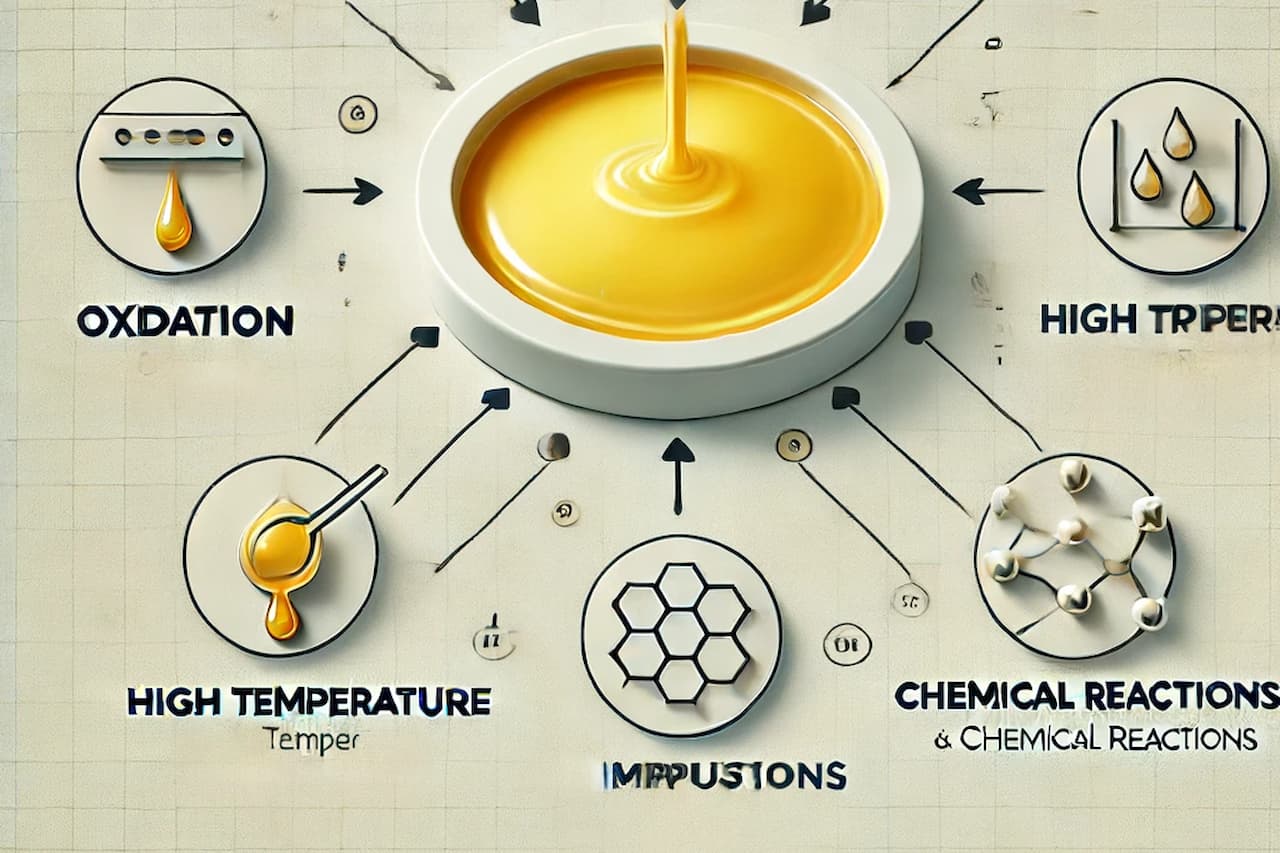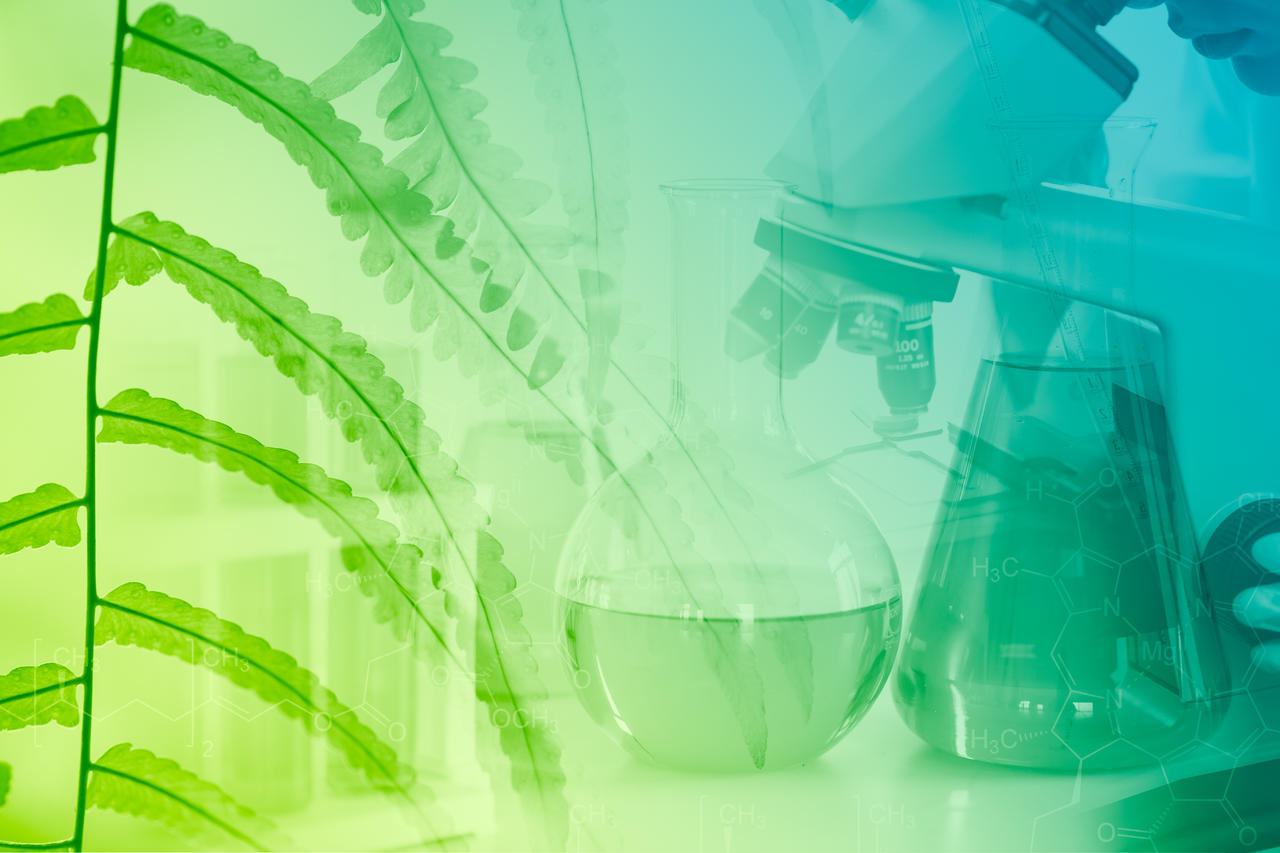Basic Knowledge of Epoxy Resins
Jan 16, 2024
Definition of epoxy resin
Epoxy resin refers to the molecular structure of the molecular structure contains two or more epoxy groups and in the appropriate chemical reagents under the action of the compound can form a three-dimensional mesh curing material. Epoxy resin is an important class of thermosetting resins. Epoxy resins include both epoxy oligomers and low molecular compounds containing epoxy groups. Epoxy resins are widely used in the fields of water conservancy, transport, machinery, electronics, home appliances, automotive and aerospace as the resin matrix for adhesives, coatings and composites.
Characteristics of epoxy resins and their curing compounds
1. High mechanical properties. Epoxy resin has strong cohesion, dense molecular structure, so its mechanical properties are higher than phenolic resin and unsaturated polyester and other general-purpose thermosetting resin.
2. Strong adhesion. Epoxy resin curing system contains very active epoxy group, hydroxyl group and ether bond, amine bond, ester bond and other polar groups. So epoxy cured products have excellent adhesion to polar substrates such as metal, ceramics, glass, concrete and wood.
3. Curing shrinkage is small. Generally its shrinkage is 1% to 2%. It is one of the smallest varieties of curing shrinkage in thermosetting resins (phenolic resins for 8% to 10%, unsaturated polycool resins for 4% to 6%, silicone resins for 4% to 8%.) The coefficient of linear expansion is also very small, generally 6*10-5/°C, so there is little change in volume after curing.
4. Good processability. Epoxy resin curing basically does not produce low molecular volatiles, so it can be low-pressure molding or contact pressure molding. It can cooperate with various curing agents to manufacture solvent-free, high solid, powder coatings and water-based coatings and other environmentally friendly coatings.
5. Excellent electrical insulation is excellent. Epoxy resin is one of the best varieties of thermosetting grease intermediary electrical properties.
6. Good stability and excellent resistance to chemicals. Epoxy resin without alkali, salt and other impurities is not easy to deteriorate. If it is stored properly (sealed, not moisture, not meet high temperature), its storage period can reach 1 year. If the test is qualified after the period, it can still be used. Epoxy curing material has excellent chemical stability. Its resistance to alkali acid, salt and other media corrosion performance is better than unsaturated polyester resins, phenolic resins and other thermosetting resins. Therefore, epoxy resin is used as anti-corrosion primer. Because the epoxy resin cured material is three-dimensional mesh structure, and it can resist the impregnation of oil and so on, so it is used in a large number of tanks, tankers, aircraft, the overall fuel tank lining and so on.
Disadvantages of epoxy resin
Epoxy resin also has some disadvantages, such as poor weather resistance. Epoxy resin generally contains aromatic ether bond, its cured material is easy to be degraded after sunlight irradiation to break the chain, so the usual bisphenol A-type epoxy resin cured material is easy to lose luster in outdoor sunlight and gradually chalking, so it is not suitable to be used as outdoor topcoat. In addition, epoxy resin low temperature curing performance is poor, generally need to be cured at 10 ° C or more. Below 10°C, the curing is slow, which is very inconvenient for large objects such as ships, bridges, harbours, oil tanks and other cold season construction.
History of epoxy resin development
Epoxy resin research began in the 1930s, in 1934 Germany I.G. Farben company's P. Schlack found that amines can react with epoxy groups to polymerise polymers to produce low shrinkage plastics, which was awarded a German patent. Later, Switzerland Gebr. de Trey Pierre Castan and the United States Devoe & Raynolds S.O. Greelee, they use bisphenol A and epichlorohydrin by polycondensation reaction to produce epoxy resin, with organic polyamines or phthalic anhydride can make the resin curing, the cured material has excellent adhesive properties. Soon, Switzerland's Ciba, the United States of Shell and Dow Chemical Company have begun the industrial production of epoxy resins and application development research. Into the 1950s, the production and application of ordinary bisphenol A epoxy resin at the same time, some new epoxy resins have come out. 1960 years ago, the emergence of thermoplastic phenolic epoxy resin, halogenated epoxy resin, polyolefin epoxy resins.
The development of epoxy resins in China started in 1956, and the first successes were obtained in Shenyang and Shanghai, and the industrial production started in 1958 in Shanghai and Wuxi. In the mid-1960s, some new alicyclic epoxy began to study, including phenolic epoxy resin, polybutadiene epoxy resin, glycidyl ester epoxy resin, glycidyl amine epoxy resin, etc. By the end of the 1970s, China has formed a complete industrial system from the monomer resins, auxiliary materials, from scientific research and production to application.
Read More



